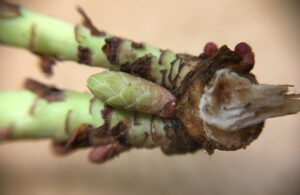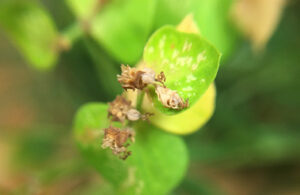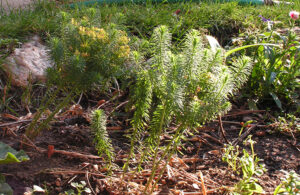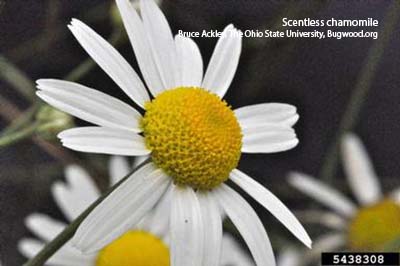Cypress Spurge
Cypress Spurge
Euphorbia Cyparissias
Cypress spurge is a List A perennial that is an escaped ornamental. Originally from Eurasia, it was first reported in the US in 1858 and in Colorado in 1895. It is not very common in Colorado but can be found in landscaped areas and has been found escaping into natural areas.
The plants usually grow to less than 16 inches tall but may reach up to 26 inches tall. It forms dense patches of multiple slender stemmed plants. The stems may branch in the upper half of the plant. Leaves are narrow, less than 1/8 inch wide and about 1 inch long. Flowers are reduced and have a pair of yellowish-green bracts beneath. Flowers occur in spring through early fall and become reddish later in the season. Roots can be 15 feet deep and woody rhizomes spread horizontally up to 35 feet.
There are both seed and non-seed producing populations. The seeded varieties form seed pods that contain one to three seeds. The sticky seeds explode when the pods ripen. The seed producing varieties will sometimes hybridize with Leafy spurge (Euphorbia virgata formerly known as Euphorbia esula). The genetics of Cypress spurge are complicated including both diploid and tetraploid types.
The plants contain toxic latex that is irritating to skin and eyes and causes rashes and blisters on lips and skin. Most native animals and livestock do not feed on it.
RESOURCES
USDA Fire Effects
Invasive.org
Wisconsin Dept of Natural Resources





